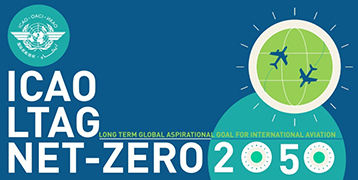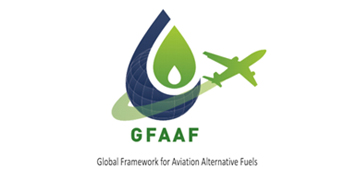Emission reduction characteristics of heavy-fuel aircraft piston engine fueled with 100% HEFA sustainable aviation fuel
Environmental Pollution
(2025)
FEATURED BOOK
With the projected expansion of the general aviation sector and recent breakthroughs in sustainable aviation fuels (SAF), accurately measuring emissions from novel aircraft engines powered by SAF is paramount for evaluating the role of aviation industry in emission reduction trends and environmental consequences. Current SAF research primarily centers on low blend ratios, neglecting data on 100% SAF. This study bridges this gap by experimentally determining emissions indices for gaseous pollutants (CO, CO2, HC, NOx), total particulate matter (PM) counts and sizes, and non-volatile particulate matter (nvPM) number and mass concentrations from a heavy-fuel aircraft piston engines (HF-APE) using hydroprocessed esters and fatty acids-derived SAF (HEFA-SAF), adhering to airworthiness-standard sampling and measurement protocols. Additionally, nvPM morphology and structure are analyzed to auxiliarily assess the emission reduction. The results demonstrate that HEFA-SAF stands out for its marked reduction in both CO and HC gaseous pollutant compared to RP-3 aviation kerosene (RP3), as well as effectively reduces PM emissions compared to Diesel and RP3 across all load conditions. Notably, HEFA-SAF significantly curbs the generation of both nucleation-mode and accumulation-mode PM. Specifically, the use of HEFA-SAF leads to a 43% and 24% decrease in average nvPM number concentration, and a 65% and 53% reduction in average nvPM mass concentration respectively, compared to Diesel and RP3. At 50% load, nvPM produced by HEFA-SAF exhibits distinct nanostructural properties, characterized by fewer exposed pores and active sites within agglomerated particles. Rigorous emission testing has conclusively validated the substantial benefits of 100% HEFA-SAF in reducing emissions, offering a compelling rationale for the development of airworthiness regulations and environmental oversight frameworks designed to foster sustainable aviation practices.
Sustainable aviation fuels; Aviation emission reduction; Particulate matter; Aircraft piston engine; Particle size distribution; Emission index
5 total downloads



 Back
Back



